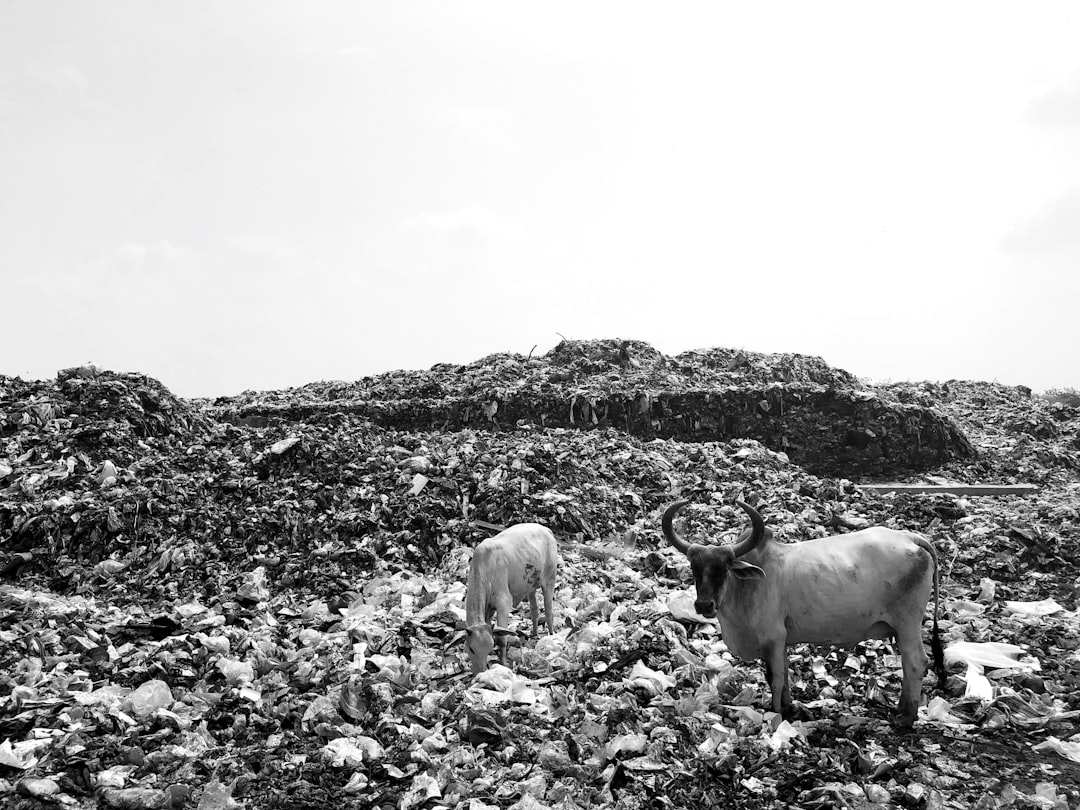What is it about?
The core of the article is the association of the experience of specialists in different areas of knowledge and a spatial heuristic analysis methodology for defining areas of potential risk for the transmission of spotted fever in Rio de Janeiro State, located in the southeastern region of Brazil. To support decision-making by the local management of Health Surveillance, the results were expressed in thematic maps in an intuitive color scale that favored the understanding of the places that need investment in health promotion, education and prevention by the public authorities.
Featured Image

Photo by Paltiel De Oliveira on Unsplash
Why is it important?
Brazilian Spotted Fever is responsible for a considerably high number of deaths compared to the number of confirmed cases annually in Brazil, and is commonly transmitted by ticks of the Amblyomma genus. It is estimated that there are at least four ecological scenarios in Brazil that can characterize the transmission of bacteria of the genus Rickettsia to animals and humans, with the Southeast region being the one that most concerns health authorities due to the high lethality related to two of these scenarios.
Perspectives
We believe that this article can shed light on the issue of methodologies for modeling vector-borne diseases that use, at least, low-cost technologies for use by local Public Health management, increasing the chance of success by supporting decision-making through mechanisms simpler analysis when compared to complex mathematical models that are difficult to access by public managers. It also deals with the versatility and flexibility of the methodology adopted, as it can be reproduced in other contexts, with greater or lesser spatial scale, in addition to being able to be adapted to other vector-borne diseases. We hope that in the near future we will be able to overcome the barriers that prevent the automation of the spatial heuristic analysis procedures that we use in the preparation of our potential risk model to produce greater adherence to the use of the tool, not only by health management, but also by fellow researchers.
CLAUDIO MANUEL RODRIGUES
Fundação Oswaldo Cruz
Read the Original
This page is a summary of: Mapping potential risks for the transmission of spotted fever rickettsiosis: The case study from the Rio de Janeiro state, Brazil, PLoS ONE, July 2022, PLOS,
DOI: 10.1371/journal.pone.0270837.
You can read the full text:
Contributors
The following have contributed to this page










